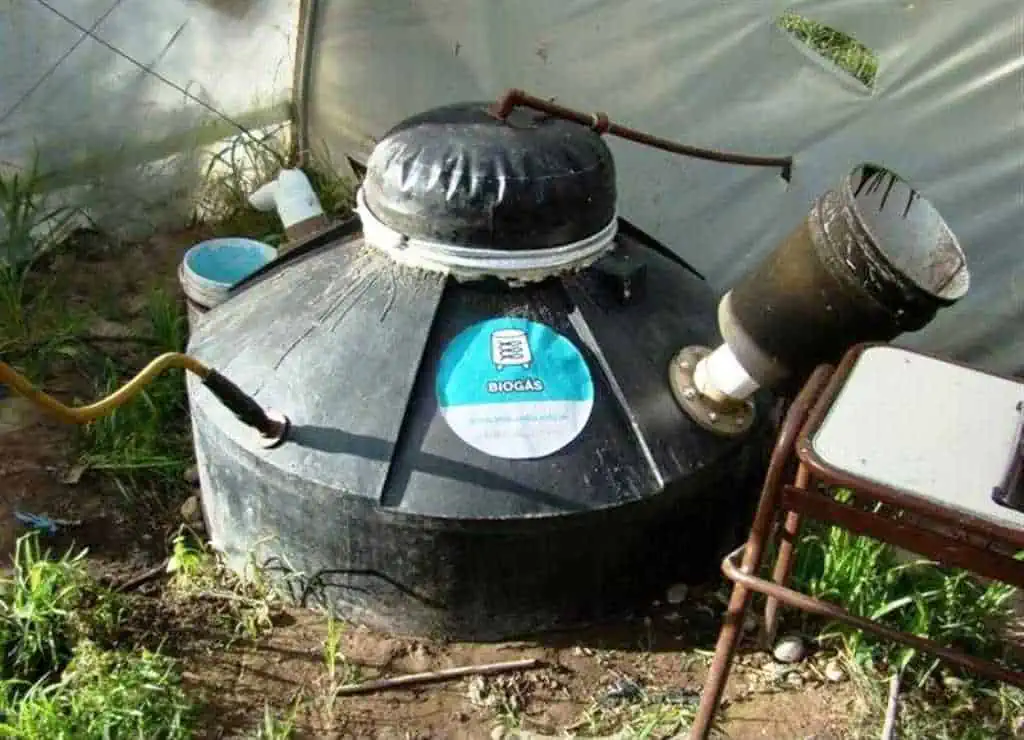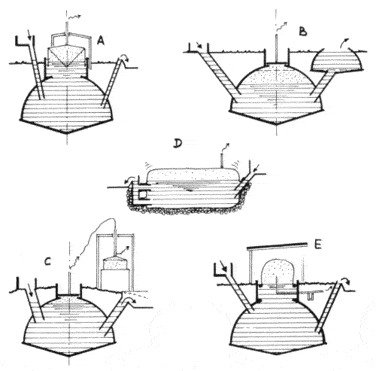The types of biogas designs are quite numerous. The information presented is from a paper titled ‘Biogas Plants’ by Ludwig Sasse. The designs are relatively simple and directed more at domestic and smaller-scale rural installations rather than large-scale commercial designs.
In the first instance, there is a distinction between batch and continuous plants. Batch biogas plants require filling and emptying after a fixed retention time. Each design and each fermentation material is suitable for batch filling. Generating a uniform gas supply from batch plants requires a large gasholder or several digesters.
Continuous biogas designs are filled and emptied regularly – normally daily. Each design is suitable for continuous operation, but the feed material must be flowable and uniform for these types of biogas designs. Continuous plants empty automatically through the overflow. The continuous types of biogas designs are more suitable for rural households as the necessary ongoing work fits better into the daily round. Gas production is constant, and somewhat higher than in batch plants. Suppose straw and dung are combined and digested together. In that case, these biogas designs can operate on a semi-batch basis. The slowly digested straw-type material is fed in about twice a year as a batch load. Dung is added and removed regularly.
Basic Designs
Fig1. A – Floating drum plant B – Fixed dome plant C -Fixed-dome with separate gasholder. The floating gasholder keeps the gas pressure constant. The unit operates as a continuous flow plant with no compensating tank. An agitator stirs the mixture in the tank. D – Balloon type of biogas design E – Channel type digester with folia and sunshade.



1 Pingback